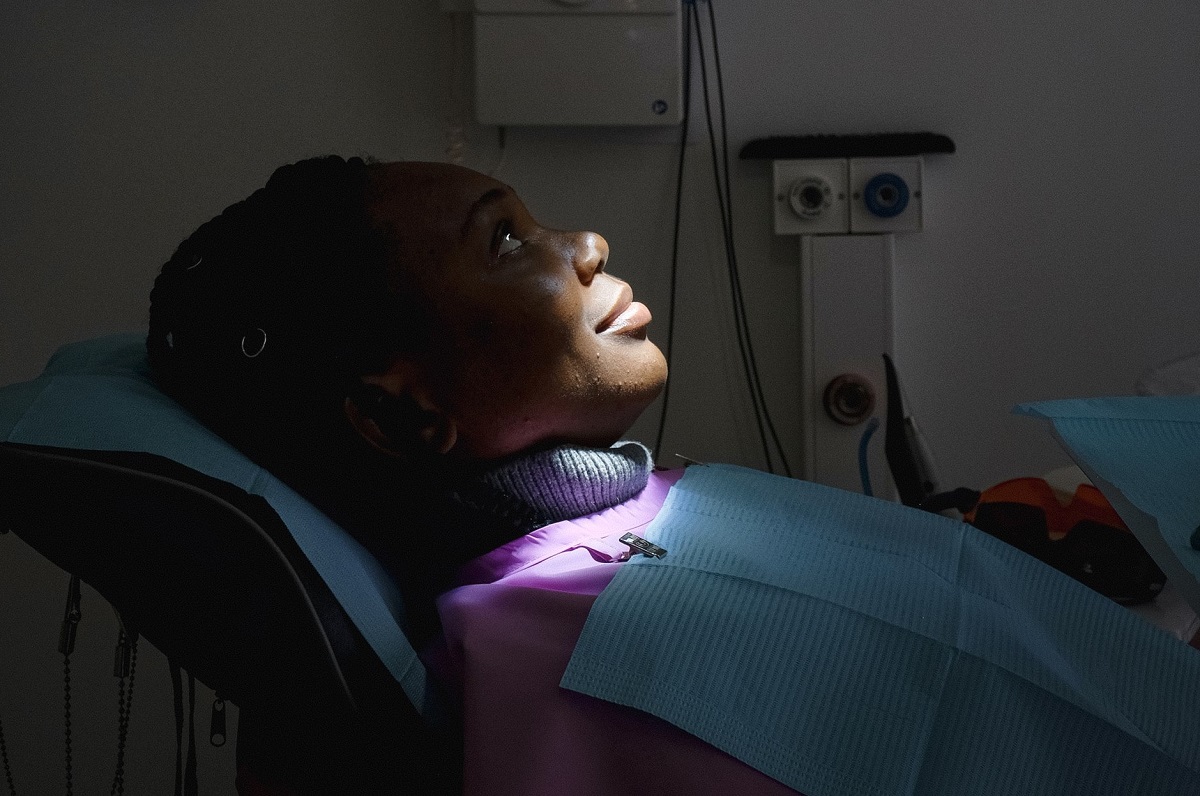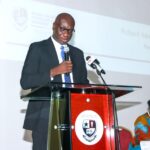Objective
The aim of the study was to assess the hearing threshold in patients with repaired cleft palate and to determine the degree of hearing loss in various types of cleft palate.
Methods
This was a cross-sectional study which was conducted on 97 consenting patients with clinical diagnosis of repaired cleft palate at the Plastic and Reconstructive surgery unit, Korle Bu Teaching Hospital. The hearing loss threshold levels in the right and left cleft palates were then compared using Chisquare test of independence.
Results
A total of 97 participants who had cleft palate were seen that is 194 ears were examined. Most of patients had cleft of secondary palate (n=65, 67.0%), only one participant had cleft of primary palate only (1.0%) and the rest had cleft of both primary and secondary palate (n=31, 32.0%). The age range of patients in this study was between the ages of 6 years to 12 years with a mean (±SD) age of 7.43 (3.85) and the male to female ratio was 1:1. Out of the total ear examined, 76 were mild conductive hearing loss and 95 ears had abnormal tympanogram. The overall prevalence rate for the abnormal tympanograms (B, C1, C2) in both ears is 49%. There was no statistically significant association between the level of hearing loss and the type of cleft palate for the left ear and the right ear respectively as well as the association between the type of tympanogram and the type of cleft palate for the left ear and the right ear respectively (p>0.05).
Conclusion
Prevalence rate of hearing loss among post repaired cleft palate subjects is 33%. This hearing loss is usually mild conductive hearing loss only. Mild conductive hearing loss and abnormal tympanogram was common between the ages of 6-8years irrespective of the type of cleft palate.







